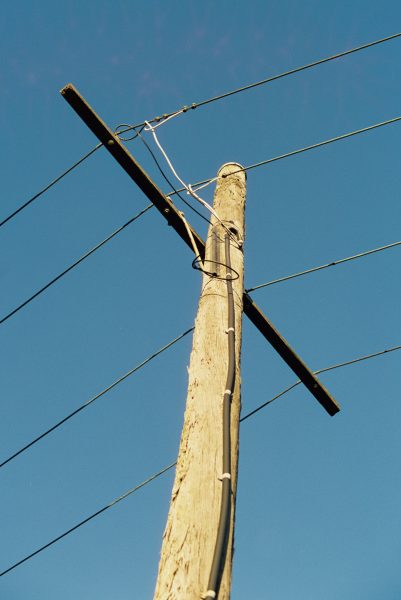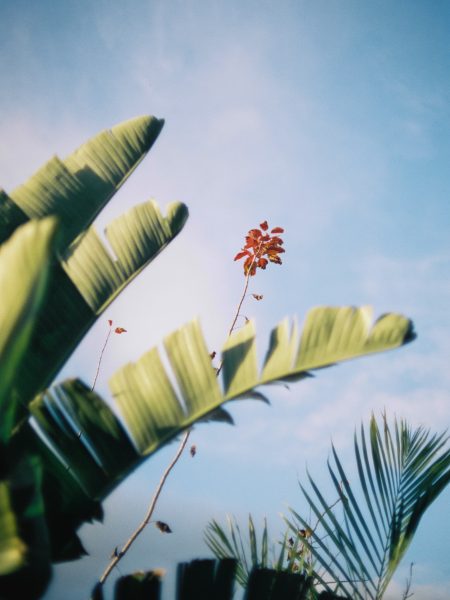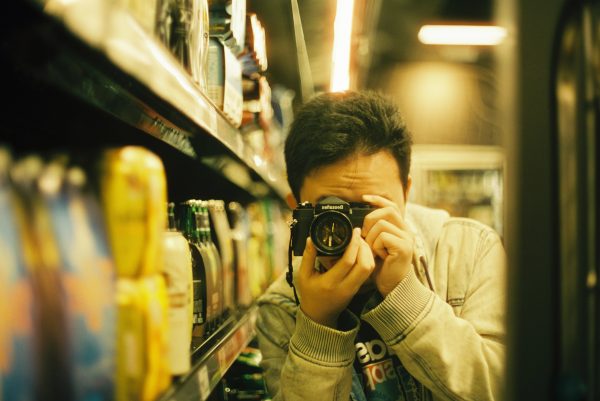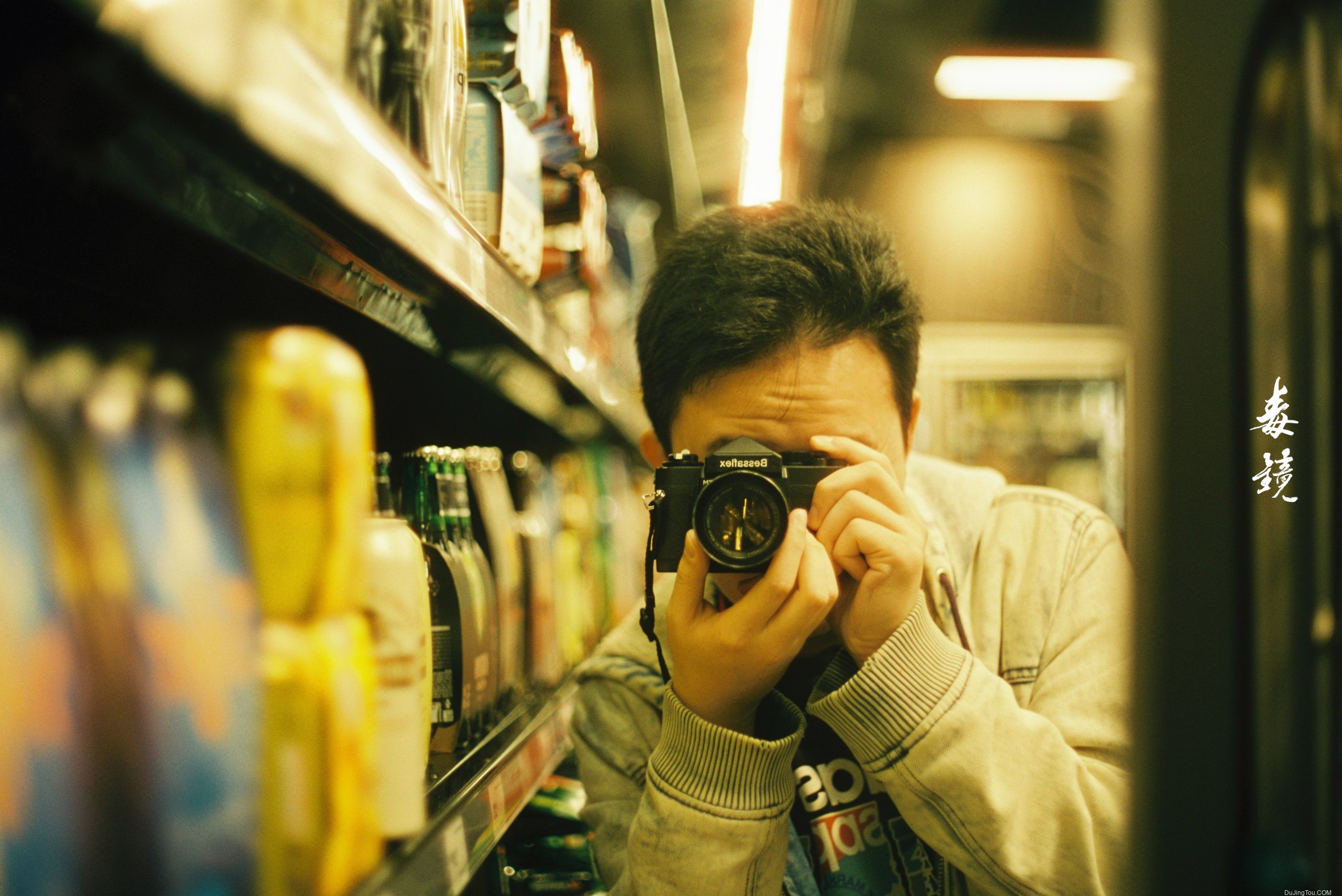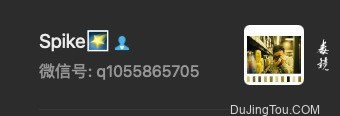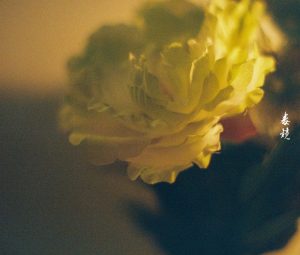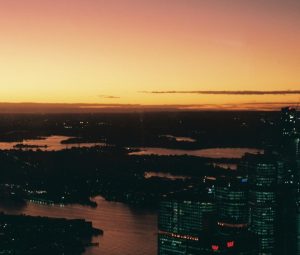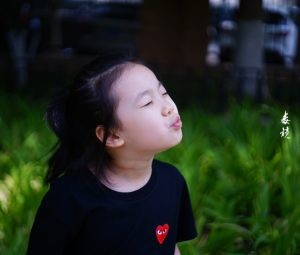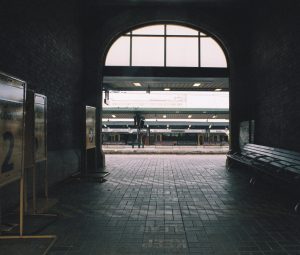Cosinon Auto 55mm f1.4 tomioka or Corsina
This lens is rumored to be Tomioka designing the m cosinon lens, but it is likely that Cosina made the lens and Tomioka provided the optics.
Cosina is a high-end lens made in Japan. They used to make cameras under their own name but discontinued them in the late 80s or early 90s. Right now their best products are Voigtlander products. They also make lenses for Carl Ziess. Zeiss Batis with Cosina Warranty in Japan
Regarding the name Tomioka, they were OEM manufacturers whose products found their place in a plethora of non-premium brands from the mid-1960s to the mid-1970s. The look and build quality are comparable to the big names, and the optical quality is generally very good. For the few lenses named after Tomioka, they are excellent.
Cosinon bokeh features are attractive.
cosina 50 1.4 79 $199 $472 auto normal cmc
The Cosinon Auto 55mm f1.4 was produced in 1979 and sold for $199 that year.
Cosina Cosina
Cosina Company, Ltd. of Nagano, Japan is a Japanese camera and lens manufacturer.
Cosina Company, Ltd. (コシナ or Kabushiki-gaisha Koshina) is a Japanese camera and lens manufacturer. The company was founded by Mr. B. Kobayashi as Nikō (or Nikoh) in 1959 as a lens factory. [1] Although the company makes cameras and lenses under its own name, it is best known for making devices that are resold under other companies’ brand names. Cosina manufactures camera bodies for many well-known camera brands, including Canon, Contax, Nikon, Revue, Olympus, Vivitar and Yashica. Cosina also manufactures the Hyundai Voigtlander Bessa range of cameras and optics, as well as the newly revived Zeiss Ikon rangefinder cameras and lenses.
Cosina has a long history in manufacturing optical glass and is currently capable of producing glass and plastic aspherical lenses. Their factory has a glass furnace, heated to 1300 degrees Celsius, that operates 24 hours a day. All glass produced by Cosina today is lead-free eco-glass. Their current glass polishing technology is capable of sub-micron precision. They also feature the ability to vacuum-deposit optical coatings certified to Carl Zeiss lens standards. [1]
In Germany, many Cosina cameras and lenses are sold by Photo Porst, which for many years has been Germany’s largest photo retailer and mail order company under the brand name Porst.
One of Cosina’s more interesting camera designs was the E1 Solar introduced in 1994. The E1 is a 35mm film SLR camera powered by a rechargeable battery charged by a small solar panel on top of the camera’s prism housing.
The most recent Cosina branded product is the SW-107, the same as the (silver) Bessa L with a different top plate, manufactured at the beginning of the Cosina Voigtländer era for areas where Cosina was not authorized to sell the Voigtländer trademark. 107 is hard to find now.
In 2005 Zeiss and Cosina announced a partnership whereby Cosina would manufacture the new Zeiss Ikon RF camera and most of the accompanying M-mount lenses.
About Tomioka Tomioka
Tomioka, now Kyocera Optoelectronics is a Japanese optical company. It was primarily a lens maker, but it also produced camera prototypes in the 1930s.
prewar and wartime
The founder, Masashige Saoka (Masuoka Saoka), graduated from the Tokyo Physics School in 1913, worked in the optics factory of the Army Artillery Factory, and started working at the Nippon Institute of Technology in 1917. In 1924, he left the company and established the Tomioka Optical Research Institute (冨oka Optical Research Institute, meaning Tomioka Optical Research Institute) in Ebara-Shinagawa Ward (Ebara, Shinagawa-ku), producing lenses for civilian use.
After years of research, a manufacturing plant was opened in Snow Valley, Omori-ku in November 1932, and the first Lausar (ローザー) four-piece Tessar type lens was released. In December of the same year, the company received subsidies from the Ministry of Commerce and Industry. [3] The company name was changed to Tomioka Kōgaku Kikai Seizōsho (冨oka Optical Instruments Manufacturing Facility, which means Tomioka Optical Instruments Manufacturing Facility) around the same time. The company was asked to make military optical weapons, including a 2m telephoto camera. [7] Opened a secondary factory mainly producing binoculars in the Ofuna area of Kamakura City (Kanagawa Prefecture). [8] After the war, the factory was spun off from the head office and became Dashu Engineering (see corresponding page).
Towards the end of the war, some of the main factory tools were evacuated to another site in Ozaki Village, Nishitama County, Tokyo, which was later incorporated into the city of Tokyo. Ōme (Ome City). Although the main factory was completely destroyed by aerial bombardment on May 24, 1945, this allowed the company to survive the war. After the war, a new factory was opened in the village of Osogi in October 1945. In January 1946, Tomioka was one of the 17 founding members of the Optical Precision Instrument Manufacturers Association (Optical Seiki Industry Association, Kōgaku Seiki Kōgyō Kyōkai). The company supplies lenses to several Japanese camera makers, including Yashica and Royal Camera. Besides Lausar, other types and brand names include Tominon, Tominor, Tri-Lausar, Tomi-Kogaku, Auto-Tominon, Tomi-Yashinon, Yashimar, Yashikor, Yashinon, Heliotar and Lumaxar. (Yashinon lenses are known for their high quality.)
Tomioka was acquired by Yashica in 1968 and changed its name to Tomioka Kōgaku KK (Tomioka Optical Co., Ltd.) in 1969. The Tomioka factory produces Carl Zeiss licensed optics for use in some Japanese cameras, such as Contax. These were made with at least some Zeiss tools and people. In 1983, after the merger of Kyocera and Yashica, Tomioka became part of the Kyocera Group and in 1991 became Kyocera Optec Co., Ltd. (京セラオプテック㈱). There were rumors that Carl Zeiss had gradually taken control of production facilities and closed factories, but they seem to be wrong (though the production line for Zeiss-licensed lenses has apparently stopped). The company currently (2008) survives.
sample
The sample is from Marcus Li, a film photographer, scanned and shot with C200 film + sp3000. Sample copyright belongs to the original author
